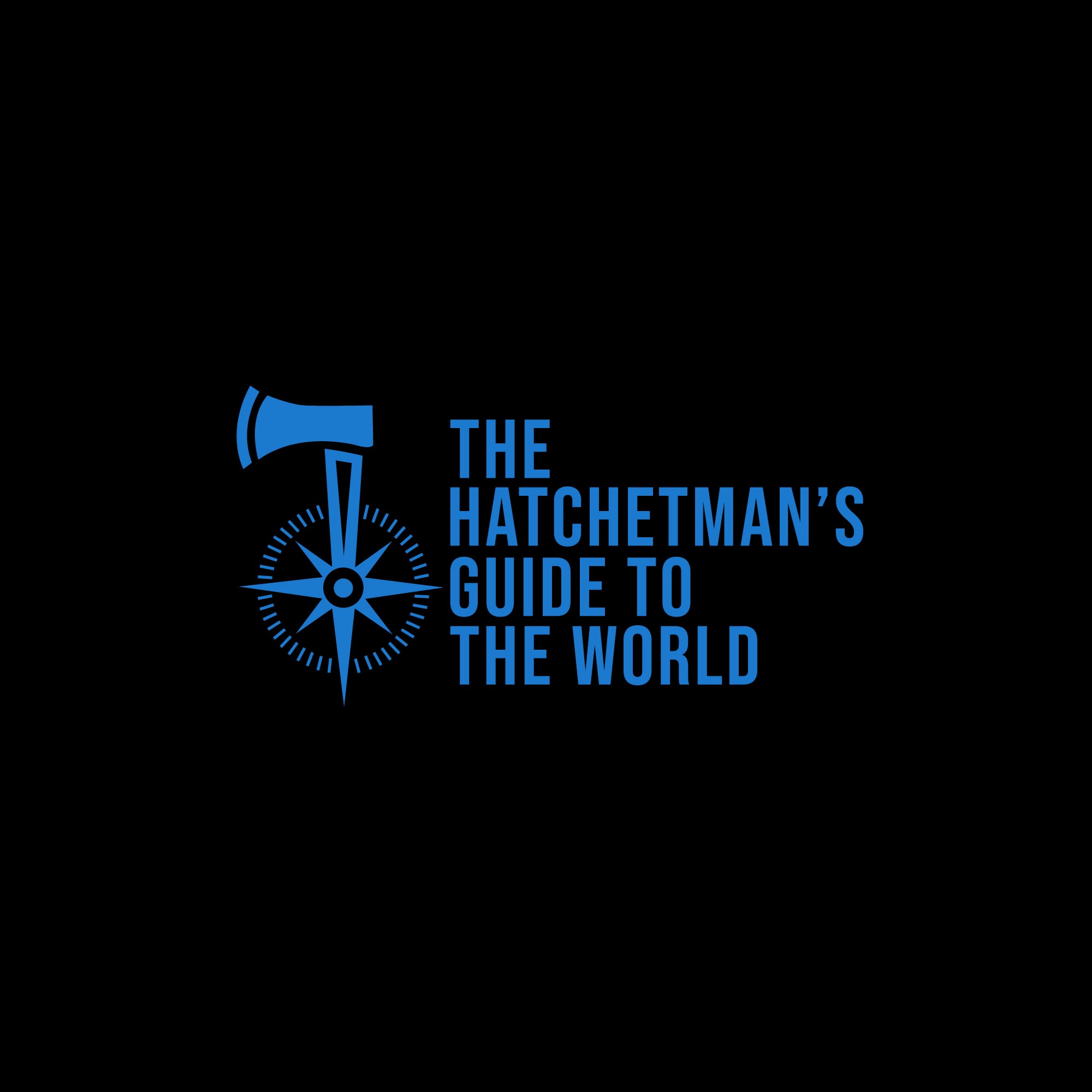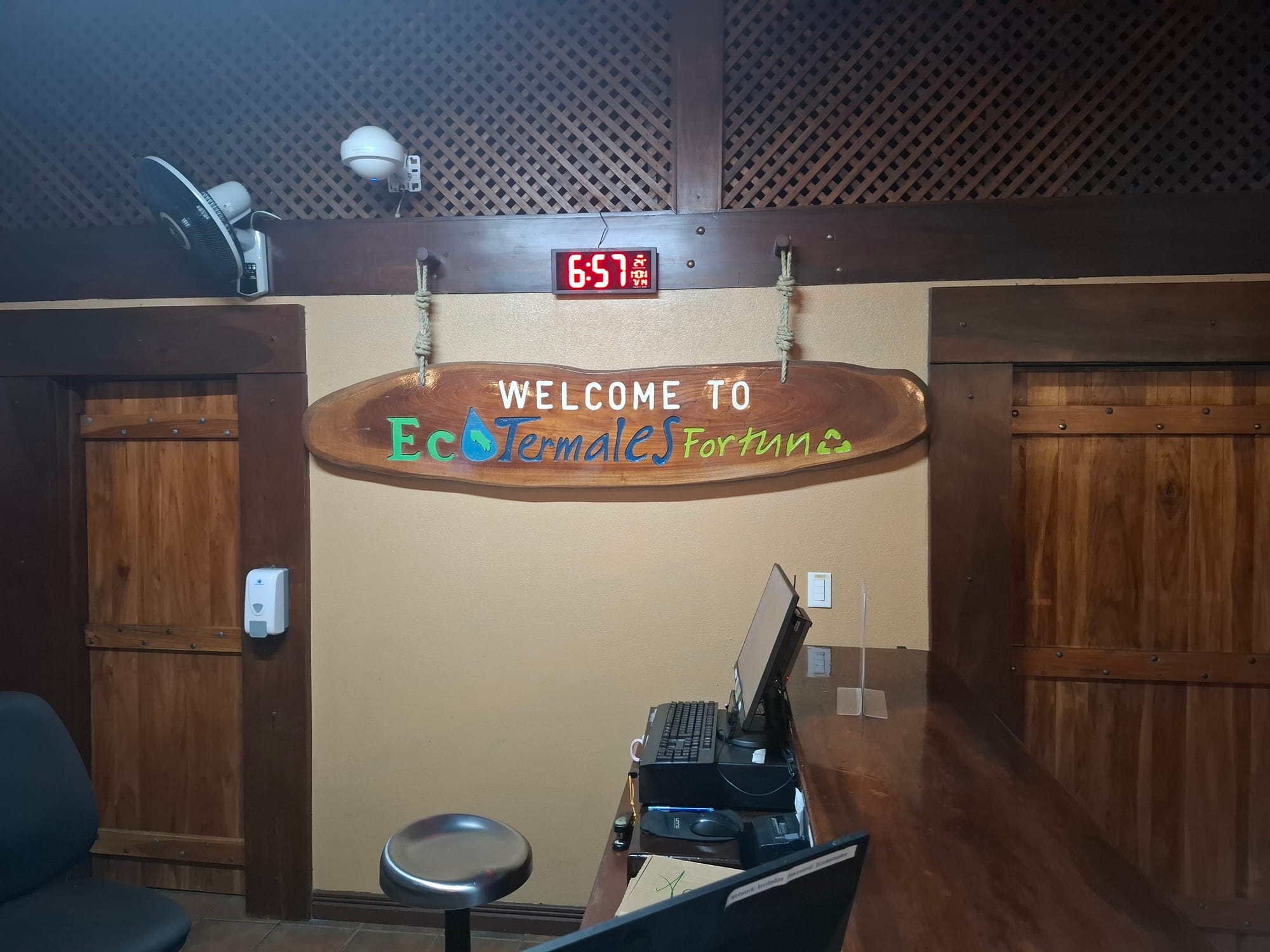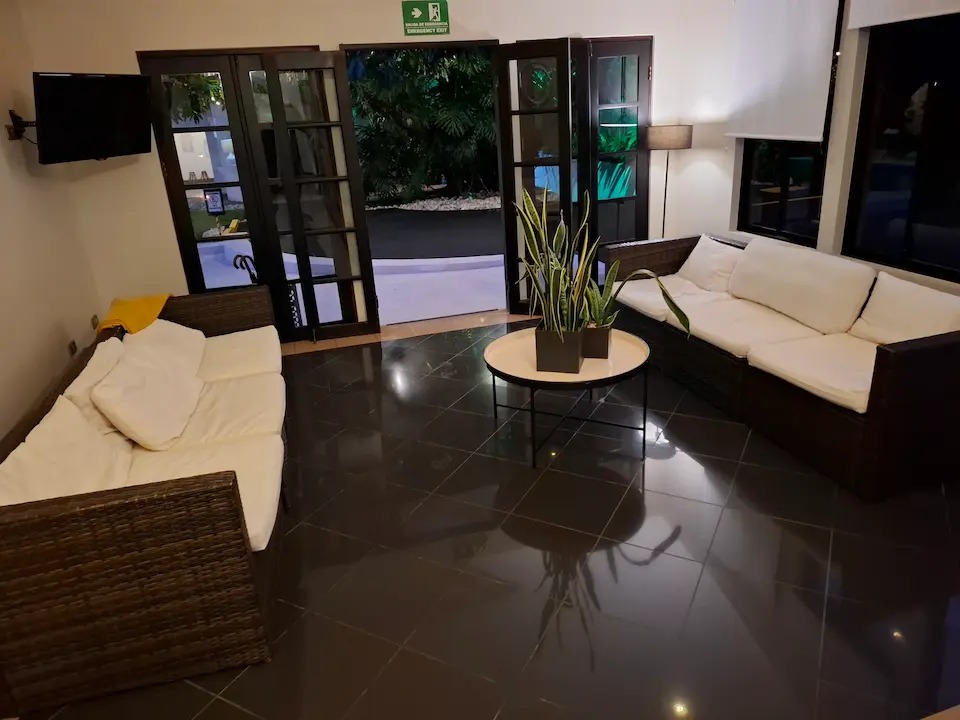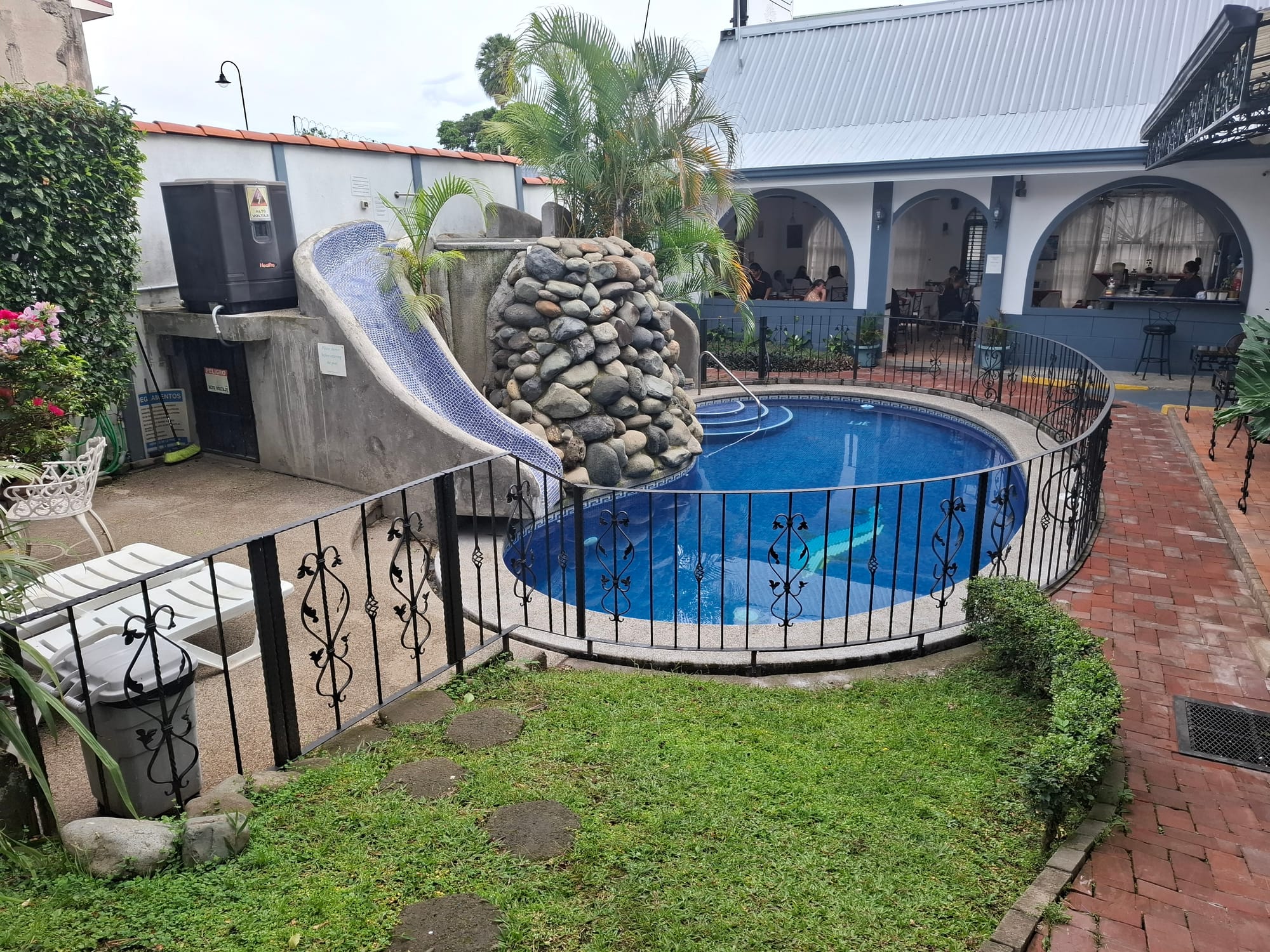Costa Rica: The Straight-Talk Travel Primer
A no-nonsense, everything-you-need travel guide to Costa Rica: regions, safety, money, visas, transport, food, and tips for first-timers—without the fluff or paid hype.

Costa Rica isn’t just another eco-tourism hotspot; it’s a country that takes its biodiversity, hospitality, and the “pura vida” lifestyle seriously. With cloud forests, active volcanoes, idyllic beaches, and a famously chill population, it’s a living argument that not all countries are created equal. The nation’s fierce commitment to conservation and renewable energy has made it a model for sustainable travel. “Pura vida” isn’t just a slogan—it’s the national philosophy. Costa Ricans (who call themselves Ticos or Ticas) live it every day, with an emphasis on joy, friendliness, and just enough irreverence to keep things interesting.
Regions & Things to Do
Central Valley:
San José, Costa Rica’s capital, is chaotic but fascinating—visit bustling markets, sample fresh coffee at a plantation, or hike up to Poás or Irazú Volcano. The area is the beating heart of business and culture, with easy access to the rest of the country.
Northern Plains:
La Fortuna is the adventure capital: think Arenal Volcano, hot springs, hanging bridges, waterfalls, and all the ziplining, rafting, or wildlife-spotting your nerves can handle.
Caribbean Coast:
Chill out in Puerto Viejo, explore Afro-Caribbean cuisine and culture, or head up to Tortuguero for turtle nesting season. It’s rainier and more laid-back, with world-class surfing and a different flavor from the Pacific.
Pacific Coast:
Guanacaste is all about dry forests, big resorts, and endless golden beaches (Tamarindo, Playas del Coco). The Central Pacific—Jaco, Manuel Antonio—offers jungle, sloths, and beautiful coves. The Osa Peninsula is where the pavement ends and wild adventure begins (Corcovado National Park).
Southern Highlands:
The highlands around San Isidro, San Gerardo de Dota, and Monteverde are cloud-forest territory, home to quetzals and misty trails.
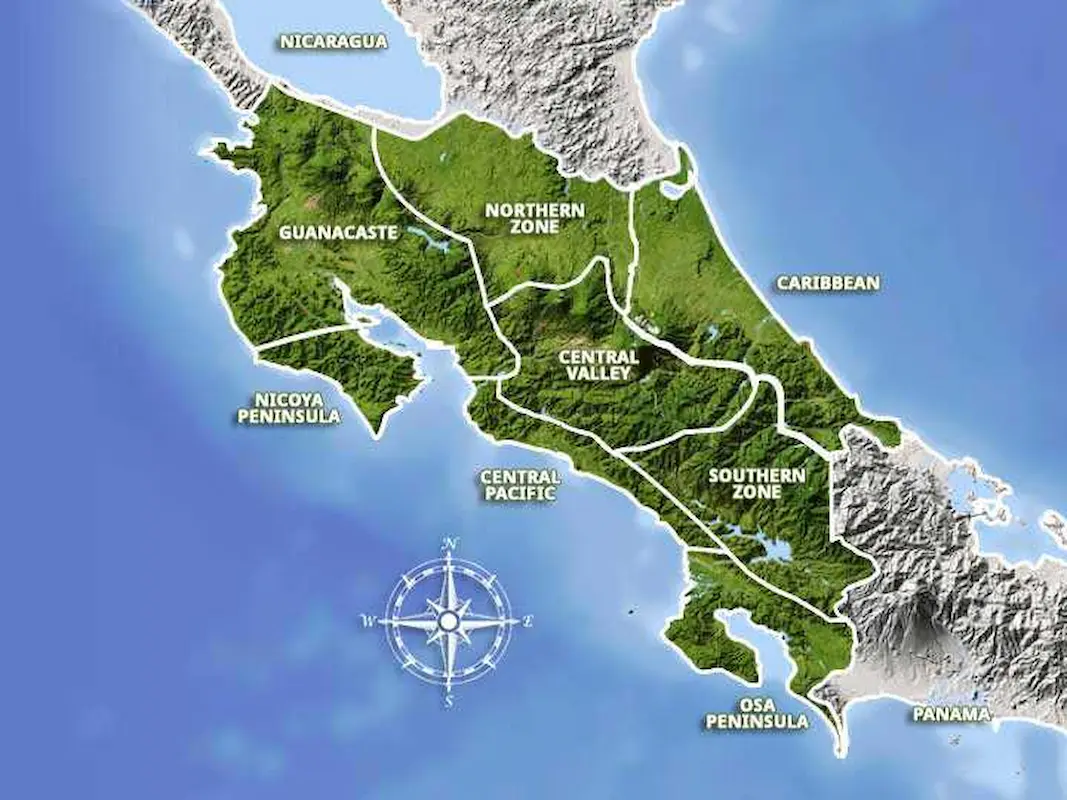
Crime and Safety
Costa Rica is considered one of the safest countries in Central America, but it’s not a utopia. Most crime is petty theft: pickpocketing, bag snatching, and car break-ins are the main risks, especially in San José, Limón, Jacó, and popular beach towns. Always keep your valuables out of sight, don’t leave bags unattended (even at the beach), and use your hotel safe.
Scams targeting tourists are common: overpriced taxis, misleading tour operators, and credit card skimming. Use official taxis, research tours, and pay with cards only at reputable places.
Violent crime risk: Homicide rates are lower than in many of Costa Rica’s neighbors, and violent crime against foreigners is rare. Most incidents involve local disputes or drug trafficking—not travelers. However, armed robberies can happen, especially at night and in isolated places. Use common sense: don’t walk alone at night in unfamiliar areas, avoid deserted beaches after dark, and stick to well-trafficked places.
Where to watch out:
- Downtown San José after dark
- Caribbean port city of Limón
- Certain neighborhoods in Jacó
- Some remote beaches (for opportunistic theft)
Police presence: Tourist Police are visible in most tourist areas and beaches. They’re generally helpful, but don’t expect them to solve a theft after the fact.
Summary: Violent crime against tourists is unusual. Your biggest risk is getting your stuff swiped when you’re not paying attention. Lock your valuables, use official taxis, and don’t get careless after a few drinks.

Transportation: Getting Around Costa Rica
By Air
San José (SJO, Juan Santamaría International): Main international gateway.
Liberia (LIR, Daniel Oduber): Convenient for northern Pacific beaches.
Quepos, Tambor, Limón: Small regional airports, limited flights.
Flying makes sense if you’re heading to distant or hard-to-reach places—like the Osa Peninsula, remote Pacific or Caribbean destinations, or if you’re short on time. Domestic flights (usually $60–$150 USD one way) are fast and scenic, but luggage limits are strict and delays can happen, especially in the rainy season.
Bottom line:
Worth it for: Osa Peninsula, remote Pacific or Caribbean destinations, or if you’re short on time.
Probably not worth it for: Arenal/La Fortuna, Monteverde, Manuel Antonio, or anywhere you’d enjoy the scenic route.
By Bus
Buses go everywhere in Costa Rica—sometimes slowly, sometimes crowded, but cheap and reliable.
Intercity Buses:
From San José to La Fortuna: ~$6–$10 USD, 4–6 hours.
San José to Tamarindo: $10–$14 USD, 5–6 hours.
San José to Manuel Antonio/Quepos: $7–$9 USD, 3–4 hours.
San José to Puerto Viejo (Caribbean): $11–$13 USD, 4–5 hours.
Long-distance express buses leave from San José’s main terminals (Coca-Cola, 7–10, Tracopa). You can reach every region by bus, but plan extra time—travel is slow but steady, and buses run to almost every town of any size.
Intra-city Buses:
City buses in San José and other cities are extremely cheap—usually ₡150 to ₡400 colones (about $0.30–$0.75 USD) per ride. Even the longest city routes rarely exceed $1 USD. You pay in cash on board (coins and small bills preferred), and some San José routes now use reloadable smart cards.
City buses are cheap, frequent, and used by everyone, but the system is chaotic by North American standards. If you don’t speak Spanish, plan your route in advance using Moovit (app/website) or Google Maps for best results.
Taxis and Ridesharing
Official Airport Taxis (SJO):
The yellow Aerotaxis are the only taxis allowed to pick up directly at San José’s airport arrivals. Fares to downtown San José are about $30–$35 USD; to Escazú or Santa Ana, $35–$45 USD. Look for yellow cars with clear markings and posted fare lists.
City Taxis:
In San José and other cities, official taxis are red with a yellow triangle. Always use these—fares are by meter (“la maría”), and a ride across town is usually $4–$8 USD.
Uber & Ride-Hailing Apps:
Uber is available in San José, the Central Valley, and some other cities.
However, Uber operates in a legal gray area in Costa Rica. The service is not officially regulated and is technically considered “in the process of legalization” by the government. In practice, it is widely used by both locals and tourists, and enforcement is sporadic. Riders very rarely face issues—at worst, you may be asked by a police officer to say you’re being picked up by a “friend.” Drivers take more risk than passengers.
Other Ride-Sharing Apps:
- DiDi: Available in San José and some other cities; similar to Uber and often a bit cheaper.
- inDrive: Lets you negotiate fares directly with drivers; available in San José.
- Cabify: Has limited service in Costa Rica—mostly urban and not as widespread.
- Lyft: Not available in Costa Rica as of 2024.
Pro tip:
Only use authorized airport taxis at SJO to avoid scams. In cities, always check for the red taxi and yellow triangle. Most drivers do not speak English, so have your destination written down or ready to show on your phone.
From the Airport
To Downtown by Taxi: Yellow Aerotaxi, $30–$35 USD, metered.
To Downtown by Uber: $15–$25, but you must meet your driver in the parking garage.
By Bus: Slow but cheap—less than $2 USD, but not recommended with heavy luggage.
Private Shuttle: Pre-book for peace of mind; $15–$60 depending on your hotel and destination.
Is There a Metro in San José?
No, there’s no metro or light rail in San José—just city buses, taxis, and Ubers. Plans for a rail system are always on the drawing board but don’t expect one during your visit.

Cell Phones & Connectivity
Costa Rica’s main providers are Kolbi (ICE), Liberty (formerly Movistar), and Claro, each offering prepaid SIM cards and eSIMs that work well across the country.
Roaming with foreign plans: Most Western Europe, East Asia, Australia, or North American phone plans do not roam automatically in Costa Rica. They need specific international roaming agreements, and charges can be extremely high.
Even though Movistar and Claro operate in both South and Central America under the same corporate umbrellas, your South American Movistar or Claro SIM will not work in Costa Rica—a new SIM is required in each country.
Getting Connected in Costa Rica:
- Buy a local prepaid SIM upon arrival (at the airport, convenience stores, or carrier kiosks). You’ll need your passport for registration. SIMs cost around ₡1,000–₡3,000 (US $2–$5). Data packages begin at around ₡2,000 (~$3 USD).
- Use eSIMs from providers like Airalo or others with partners on Kolbi, Claro, or Liberty networks. Great option if your device supports it and you want instant activation.
- Coverage varies: Kolbi offers the widest coverage, especially in rural and remote areas. Claro often wins 4G availability awards in cities. Liberty (formerly Movistar CR) has decent urban coverage.
If you rely on your home carrier’s roaming:
- Major U.S. carriers (T-Mobile, AT&T, Verizon): Some offer Costa Rica coverage via international passes—often expensive (~$5–$10/day or more) with limited data.
- Other regions: Most providers in Western Europe, Australia, or East Asia do not include Costa Rica automatically in their roaming plans. Always check before you travel.
Wi‑Fi, Backup, and Tips:
- Free Wi‑Fi is widely available in hotels, restaurants, and tourist hotspots—but it's patchy in remote areas.
- Download offline maps before heading into the jungle or mountains.
- Always carry a small local SIM or eSIM—it’s more reliable and affordable than roaming.
- Ensure your phone is unlocked (SIM-free) before travel to use local SIMs.
Pro tip:
Install WhatsApp before you arrive—it’s the preferred method of contact for tour companies, drivers, hotels, and even many local restaurants. It’s the easiest way to message or call locally and internationally.

Costa Rican Money
The currency in Costa Rica is the colón (CRC or ₡). As of July 2025, the exchange rate is approximately ₡504.79 colones to $1 USD.
For quick mental math, drop the last three zeros from the price in colones and multiply by two to get a rough dollar amount.
Example: ₡10,000 becomes 10 × 2 = $20 USD.
Dollars are widely accepted at hotels, tour companies, car rentals, and many stores in tourist areas—but you’ll often get change in colones, and exchange rates may be less favorable than at a bank or ATM. Credit cards (Visa and Mastercard) are accepted almost everywhere in cities and tourist towns.
ATMs are common and reliable in cities, airports, and most popular tourist destinations. Smaller towns and remote areas may only have one machine, and outages do occur, so don’t wait until you’re out of cash to withdraw more. Many ATMs let you choose between dollars and colones.
It’s smart to always carry some cash in small denominations (₡1,000 and ₡2,000 bills, coins) for buses, taxis, small shops, and anywhere off the beaten path. Rural areas, roadside stands, and local buses may not accept cards or large bills.
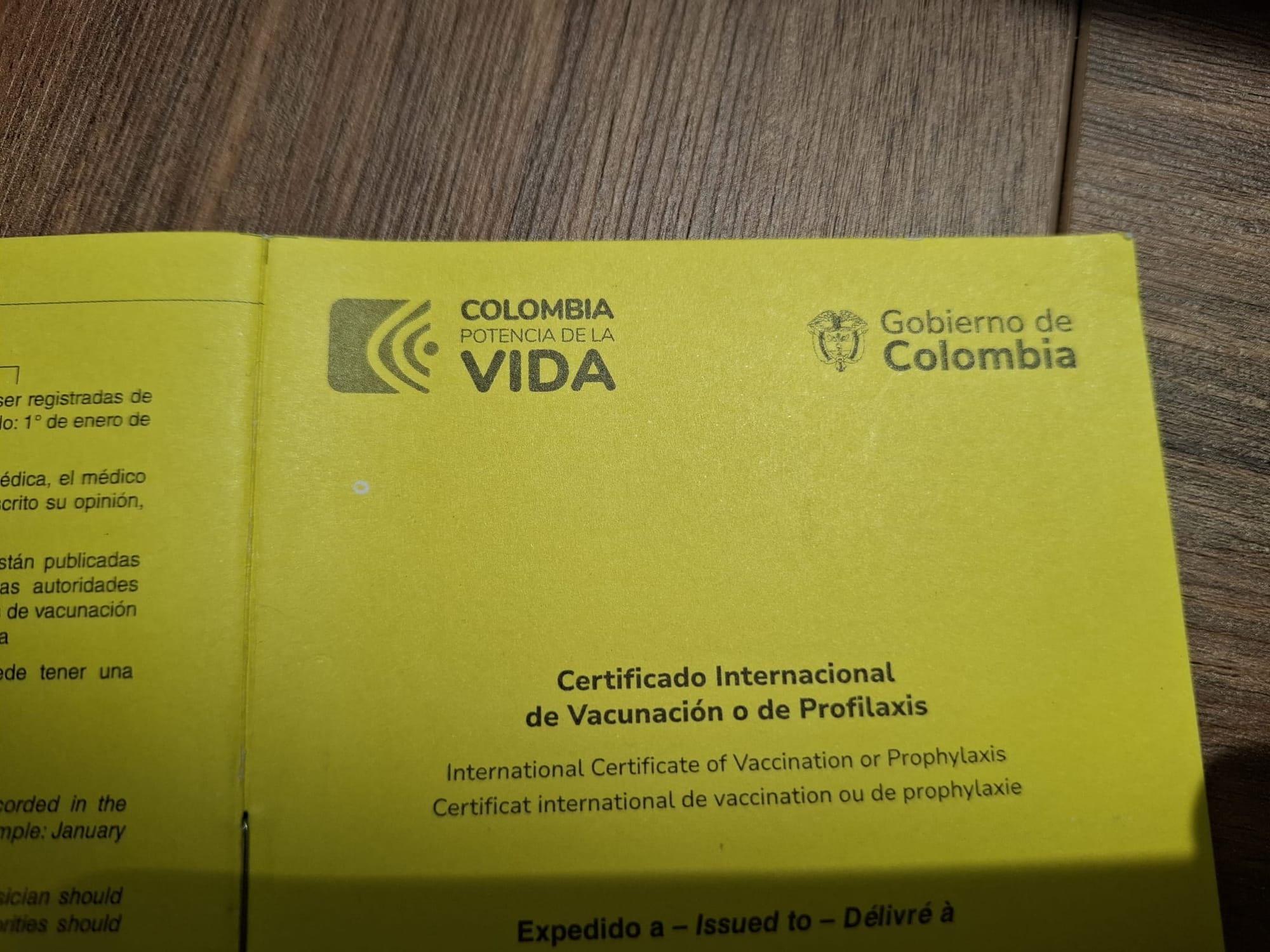
Entry Requirements & Health
Yellow Fever Vaccine:
Required only if you arrive from (or have transited through) certain South American or African countries with yellow fever risk (such as Colombia, Brazil, or Peru).
If arriving from the U.S., Canada, or Europe, no yellow fever vaccine is required.
Other Vaccines:
Make sure your routine shots (measles, tetanus, hepatitis A/B) are up to date.
Visa Requirements:
Most travelers from North America, Europe, Australia, and dozens of other countries can enter visa-free for up to 90 days. Bring proof of onward travel.
Latin American Countries That Need a Visa to Enter Costa Rica (as of July 2025):
- Bolivia
- Colombia
- Cuba
- Dominican Republic
- Ecuador
- El Salvador
- Guyana
- Haiti
- Honduras
- Jamaica
- Nicaragua
- Suriname
- Venezuela
Most citizens of Argentina, Brazil, Chile, Panama, Paraguay, Peru, and Uruguay do not require a visa for tourism stays of up to 90 days. Always check the official Costa Rica migration website or with your consulate before traveling, as rules can change.
Passport Validity:
Your passport must be valid for your intended stay (some airlines require 6 months validity—check before you fly).
Drinking Water:
Tap water is generally safe to drink in most of Costa Rica, especially in San José and developed areas. In remote areas or if you have a sensitive stomach, stick to bottled or filtered water just to be safe.
Healthcare and Accessibility:
Costa Rica’s public health system (CCSS/“La Caja”) provides emergency care to all. Hospitals and clinics are well equipped in cities, with more basic care in rural areas. Private hospitals in San José offer high-quality, modern care with English-speaking staff.
The country is moderately accessible for travelers with mobility limitations—many hotels, buses, and public areas are not ADA-compliant, but top-tier hotels and tourist sites are increasingly wheelchair-friendly. Always check with your lodging or tour provider about specific needs.
Travel Insurance:
Travel insurance with medical and evacuation coverage is strongly recommended. Public and private hospitals will treat you in an emergency, but evacuation can be expensive.
Other Costa Rican Reviews
Cultural Etiquette
- “Pura vida” is more than a slogan—use it as “hello,” “goodbye,” or “no worries.”
- Ticos (Costa Rican men) and Ticas (women) is how locals refer to themselves. The term comes from their habit of adding “-tico” to the end of words and is used with pride.
- Greetings matter: a handshake, smile, or cheek kiss is common.
- Dress modestly in towns and cities (beachwear is for the beach).
- Be patient; schedules are flexible and “on time” is negotiable.
- Ticos are polite and indirect—avoid confrontation or raised voices.
- Tipping is appreciated but not required (10% service charge is often included at restaurants).
- Don’t take photos of people without asking, especially in rural or indigenous areas.
- Spanish is the official language; even a few words will win you points.
Other Costa Rican Reviews
Costa Rican Food
Costa Rican food is simple, fresh, and filling.
Gallo pinto: The national breakfast—rice, beans, and a dash of Lizano sauce.
Casado: The ultimate lunch plate—rice, beans, plantain, salad, meat or fish.
Ceviche: Fresh fish “cooked” in lime, served everywhere near the coast.
Olla de carne: Hearty beef stew with local vegetables.
Tropical fruits: Pineapple, mango, papaya, and whatever is in season.
Eating at a “soda” (local diner) is the best way to try authentic Costa Rican food on a budget.
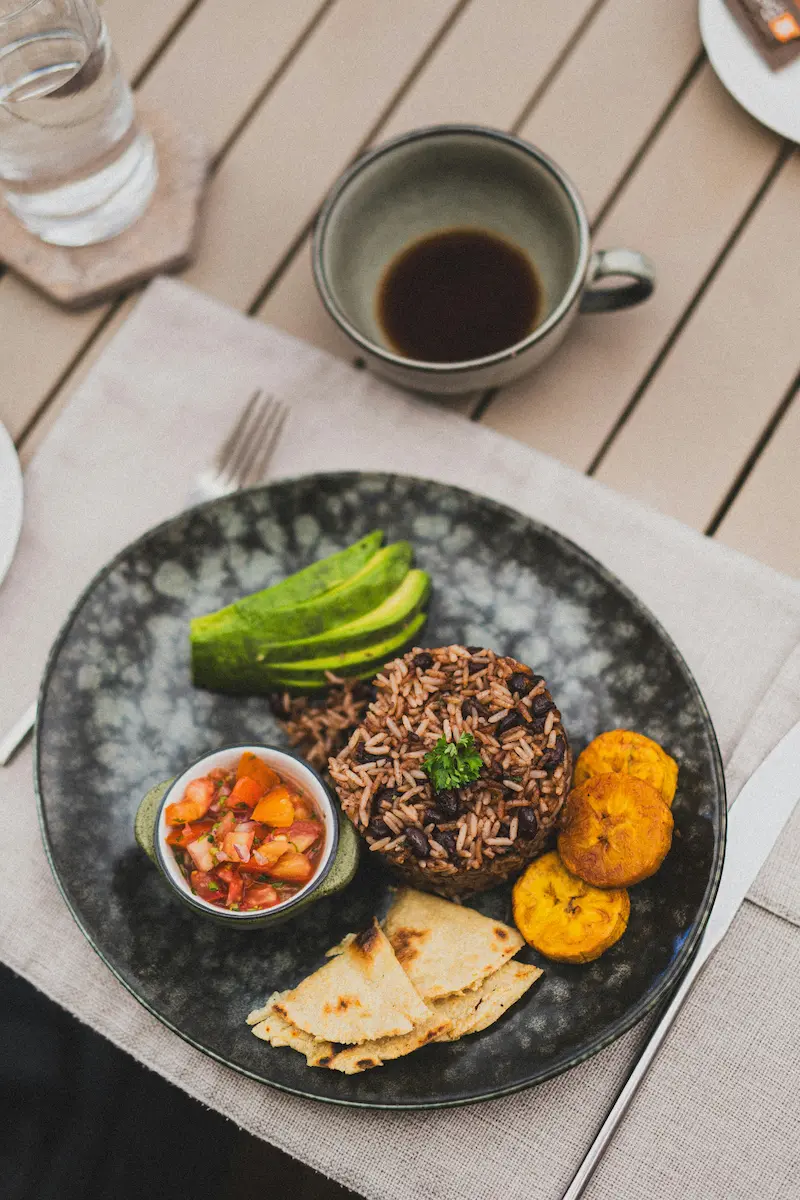
Further Reading & Resources
- Costa Rica Entry Requirements for US citizens US State Dept.
- Costa Rica Migration and Visas (Governmental site)
- Costa Rican Tourism Board
- U.S. Embassy in Costa Rica – Travel & Safety
- Costa Rica Currency Converter – Google
- Uber in Costa Rica
- Moovit – Public Transport App for San José
- WhatsApp – Download Page- Android
- Whatsapp – Download Page- Apple IPhone
- Costa Rica Taxi Info
- Costa Rican Tourism Board
